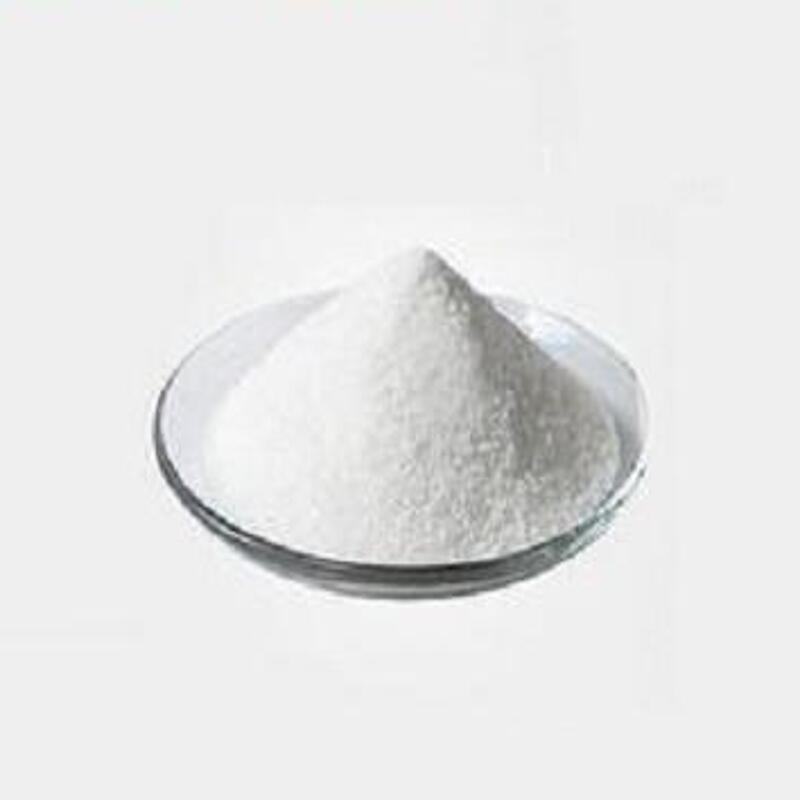-
Categories
-
Pharmaceutical Intermediates
-
Active Pharmaceutical Ingredients
-
Food Additives
- Industrial Coatings
- Agrochemicals
- Dyes and Pigments
- Surfactant
- Flavors and Fragrances
- Chemical Reagents
- Catalyst and Auxiliary
- Natural Products
- Inorganic Chemistry
-
Organic Chemistry
-
Biochemical Engineering
- Analytical Chemistry
-
Cosmetic Ingredient
- Water Treatment Chemical
-
Pharmaceutical Intermediates
Promotion
ECHEMI Mall
Wholesale
Weekly Price
Exhibition
News
-
Trade Service
Beta-cyclodextrin (β-CD) is a naturally occurring sugar derivative that is widely used in the chemical industry as a solvent, surfactant, and stabilizer.
It is known for its ability to form inclusion complexes with a wide range of molecules, making it a versatile tool in many industrial processes.
One of the most common β-CD methyl ethers is 2-methyl-β- cyclodextrin (2-MM-β-CD).
This compound has been widely studied for its safety in various applications, and it has been determined to be generally recognized as safe (GRAS) by the FDA.
However, there are some concerns about the safety of β-CD and its methyl ethers, particularly in relation to their potential toxicity and environmental impact.
In this article, we will examine the available research on the safety of β-CD and its methyl ethers, and explore the steps being taken to ensure their safe use in the chemical industry.
Toxicity Studies
There is limited toxicity data available for β-CD and its methyl ethers.
However, studies that have been conducted suggest that these compounds are generally considered safe at low levels of exposure.
For example, a study published in the Journal of Toxicology and Environmental Health found that oral exposure to β-CD and its methyl ethers did not cause any significant adverse effects in rats.
Similarly, a study published in the Journal of Pharmaceutical Sciences found that 2-MM-β-CD was not toxic to human cells in vitro.
However, it is important to note that these studies were conducted using high doses of the compounds, and more research is needed to fully understand their safety at lower levels of exposure.
Environmental Impact
One of the primary concerns about β-CD and its methyl ethers is their potential environmental impact.
These compounds are widely used in industrial processes, and there is evidence to suggest that they may be capable of persisting in the environment and accumulating in ecosystems.
For example, a study published in the journal Environmental Science and Technology found that β-CD and its methyl ethers were present in high concentrations in surface water and sediment samples from urban areas.
The study suggested that these compounds may be contributing to the overall environmental impact of urbanization.
However, it is important to note that more research is needed to fully understand the environmental impact of β-CD and its methyl ethers.
The chemical industry is actively working to reduce the environmental impact of these compounds through the development of more sustainable production methods.
Recommendations for Safe Use
Given the limited toxicity data available for β-CD and its methyl ethers, it is important to take steps to ensure their safe use in the chemical industry.
The following recommendations should be followed to minimize the potential risks associated with these compounds:
- Proper Handling and Storage: β-CD and its methyl ethers should be stored in a cool, dry, well-ventilated area, away from sources of ignition or heat.
Gloves and safety glasses should be worn when handling these compounds, and appropriate personal protective equipment should be used as necessary. - Adequate Ventilation: Areas where β-CD and its methyl ethers are used or stored should be well-ventilated to minimize the risk of inhalation.
- Proper Disposal: Used solvents or chemicals containing β-CD and its methyl ethers should be disposed of in accordance with local regulations and guidelines.
- Continuous Monitoring: The chemical industry should continue to monitor the safety of β-CD and its methyl ethers as new data becomes available.
This may include conducting further toxicity studies and environmental impact assessments.
Conclusion
Beta-cyclodextrin (







